This year, Kordia’s Avalon Maritime Operations Centre (MOC) hit an impressive milestone – 30 years of operations.
Since the early 1990s, the MOC has provided radio safety of life communications to seafarers across New Zealand – and as Kordia helped build out the VHF network, the MOC service evolved – covering a larger footprint, and harnessing new technologies to enhance its services.
“The Maritime Operations Centre in Avalon has been at the forefront of some of New Zealand's most memorable safety of life at sea incidents. We’ve responded to over 25,000 incidents at sea, assisted over 85,000 people – and even helped 13 cats and 148 dogs!” says Brendan Comerford, MOC Manager at Kordia.
The MOC first opened its doors in 1993 – after Kordia (then BCL) won a contract to deliver radio communications at seas for the newly formed Maritime Safety Authority, a forerunner to the organisation now known as Maritime NZ.
Four current Kordia employees were there on day one, starting as radio operators – Brendan Comerford, the current MOC Manager; Mark Janor, now an Account Director; Tony Graham, Radio Operator based in Avalon, and Ignacy Pak, who now works from Kordia’s Canberra MOC.
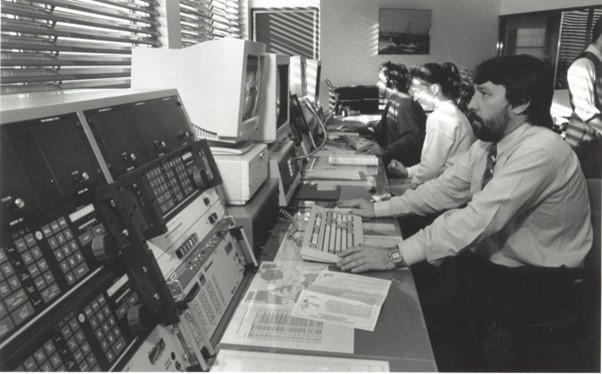
“The early days of the MOC development were a real standout for me,” says Mark Janor.
“We were able to drive significant change through the introduction of leading-edge technology.
“My first role was to turn the very much paper-based operation into a digital operation - to change the totally physical hardware consoles into computer-based terminals with touch screens.”
“We were a highly technical engineering company with very high standards, and the MOC at Avalon became the “Jewel in the Crown” to show off the company’s capabilities.”
The work itself is mission-critical, and from the start the MOC employees met the highest standards.
“The people who work in our MOC are world class radio operators, remaining calm and professional even during major incidents. Our team will work around the clock, 365 days a year. On Christmas Day, New Years eve, even during covid-19 lockdowns, there has always someone in the MOC ready to respond,” says Bredan Comerford.
Here’s a brief timeline of the MOC’s history.
1993
The Maritime Safety Authority (MSA – later Maritime NZ) is set up as a Crown authority, which addresses the full range of New Zealand’s maritime laws and provides the first major reform of shipping legislation in almost 40 years.
New coastal navigation and communication services are installed, replacing a service that has operated with little change for eight decades.
Kordia (then BCL) is contracted to deliver distress and safety radio services for the organisation. The Maritime Operations Centre is set up in Avalon on level 6 TVNZ Avalon tower. The initial marine services provided included monitoring 4 x VHF sites: Auckland, Plenty, Wellington and Picton and SAT-C.
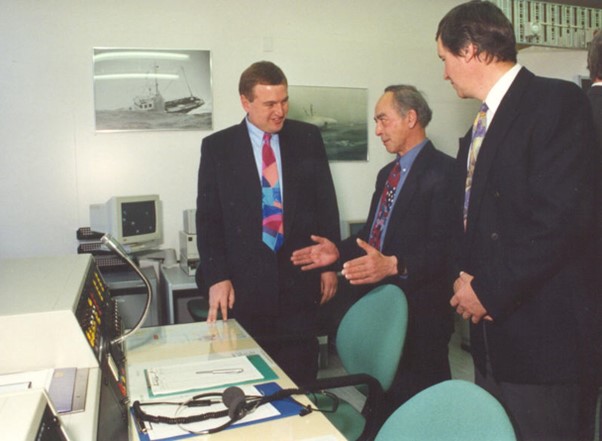
1994 - 1999
The MOC expands its services throughout the 90s. Changes over this period include Taupo Maritime Radio/HF, and over 20 additional VHF sites are commissioned. The MOC moves to level 3 TVNZ Avalon tower.
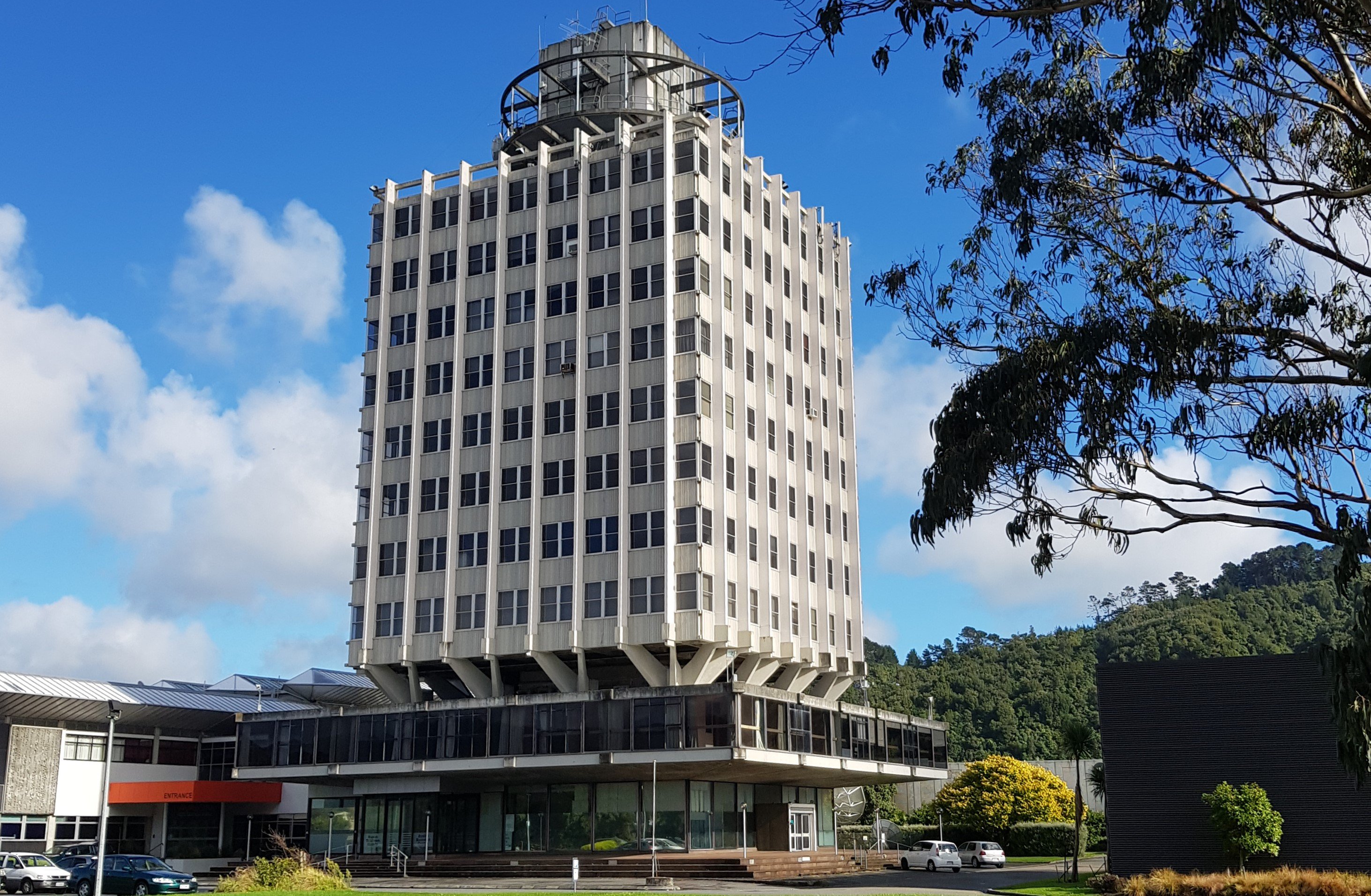
1999
1st February sees the implementation of GMDSS. Morse code is officially discontinued as a maritime communication service. Digital Selective Calling (DSC) service is implemented.
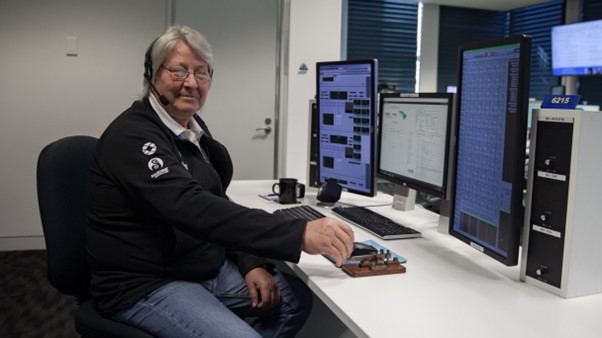
2002
Last 3 x VHF services commissioned: Wanganui, Cape Egmont, and Cape Reinga, bringing the total number of sites to 30.
2004
Maritime New Zealand opens RCCNZ next door to the MOC as a result of the Time Out incident off Oamaru. The two centres will work closely together.
2005
AIS platform added to GMDSS for the MOC – subsequently provided to all of Government NZ.
2008
Maintenance services for the MNZ Maritime Distress and Safety Radio Network are contracted to Kordia.
2009
The increased radio coverage provided by the 30 MOC radio sites has seen the number of distress radio calls received by MOC increase from an annual average of 50 calls in the 1990s to 178 calls in 2008/09.
2011
Second Christchurch earthquake. The MOC provides 24hour surveillance of Korkor radio. Kordia technicians worked from within the red zone. The MOC also provided emergency communications liaison for Lyttleton.
MOC responds to and provides communications to support a major incident at sea when the 236-metre container ship Rena struck the Astrolabe Reef, 12 nautical miles northeast of Tauranga, prompting New Zealand’s largest-ever marine oil spill and response.
2012
Kordia wins a competitive tender process to continue provide the MOC radio service. The new service differs slightly from the existing model in that Kordia now manages all the assets and will be responsible for the upgrade of equipment. This includes a total refresh of the MOC’s operating platform. The new platform replaces equipment dating to 1994 and ensures the on-going reliability of the operations centre with more modern fixable approach that is not tied to one location.
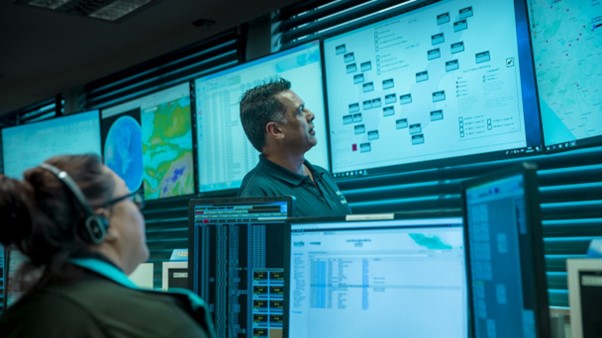
2015
MOC upgraded from an analogue, proprietary hardware platform, Orbacomm, to TCP/IP based Wide Area Voice Environment (WAVE)
MBS (Maritime Bulletin System), an automated text to voice platform, is introduced into the MOC replacing the long-standing CND product MS Scheduler.
The MOC was refurbished with complete office redesign and implementation of new hardware control.
2016
Kaikoura earthquake - Coastal navigation warnings were broadcast by the Maritime Operations Centre to mariners to let them know about the one-two metre uplift of the seabed and coastline – which is mainly localised to Kaikoura.
2017
Maritime NZ takes over responsibility for issuing maritime navigational warnings to countries and vessels in the wider southwest Pacific.
The change streamlines the navigation warning system in the southwest Pacific by making one organisation, Maritime NZ, responsible for ‘NAVAREA XIV’ – an area of 50 million square kilometres.
2019
The MOC is acknowledged for the role it played in the rescue operation of the yacht Essence, which sunk off the coast of Cape Brett, receiving a NZ Search and Rescue Gold Award. The MOC also provides communications support for White Island disaster.
2020
Covid-19 lockdowns force some innovative work arounds – the virtual MOC is created to allow radio operators to work from home.
2021
MOC relocates from Avalon Tower to Avalon Studios, it’s current home.
2023
MOC assists the Kaitaki Interislander ferry, which got into distress off the south coast of Wellington carrying over 860 people onboard. The Avalon MOC celebrates 30 years of operation. Pictured below, Kordia Chair Sophie Haslem presents the team with their 30-year anniversary certificates.

Special thanks to Tony Graham for providing some of the photos, and Robin Andrew and Brendan Comerford for assistance with the timeline.